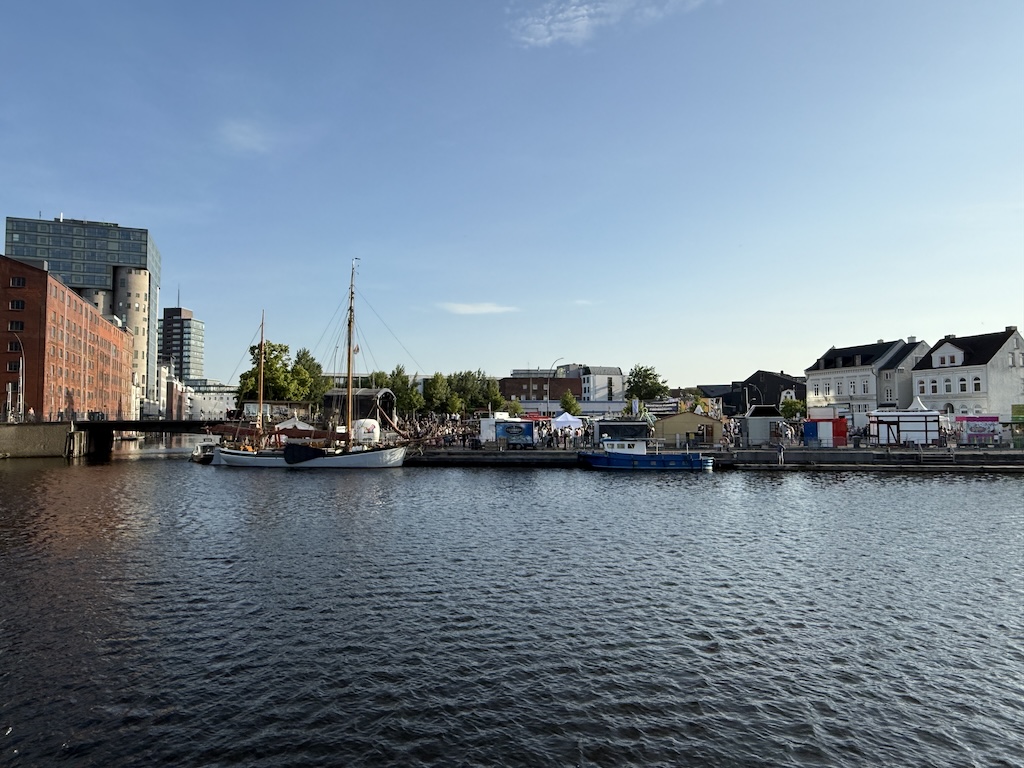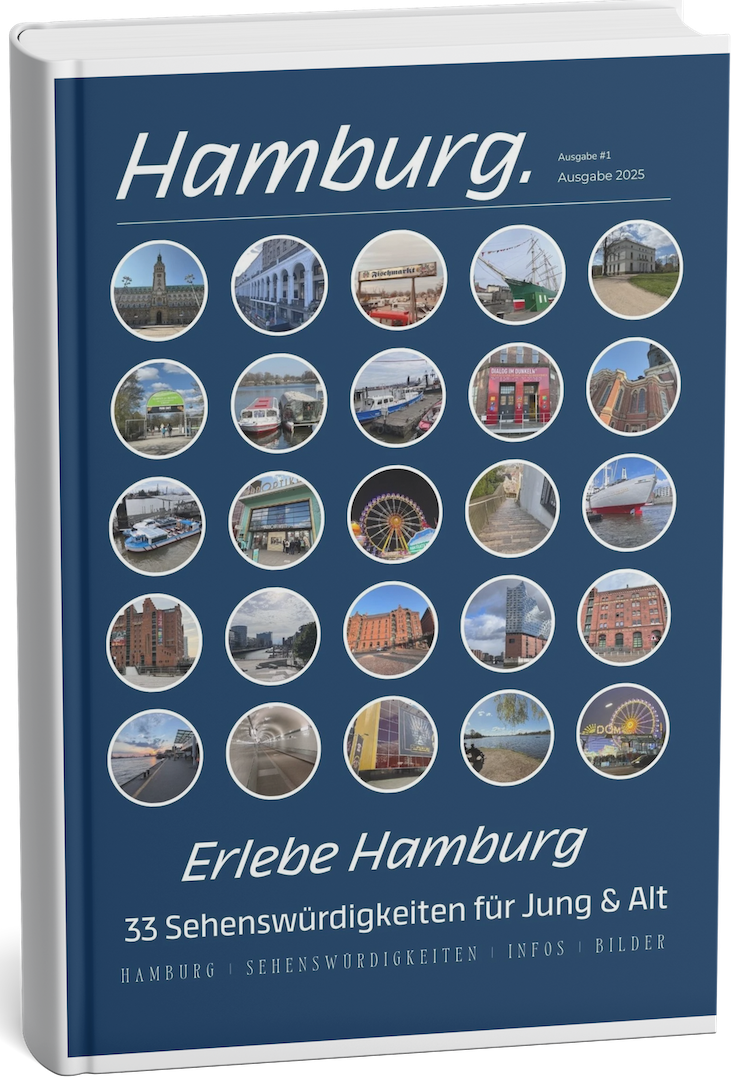
Inner Port in Hamburg Harburg
Inner Port in Hamburg Harburg
Content
Harburg Inner Harbor – Urban Development and Transformation
Overview & Goals
The Harburg Inner Port is located in the Harburg district and encompasses the northern part of the Harburg neighborhood as well as adjacent areas in Heimfeld and Neuland-Northwest. Nestled within the RISE funding area "Harburg Inner Port / Neuland-Northwest," it covers approximately 145 hectares with around 1,900 households.
Development Objectives
-
Development into a climate-friendly, mixed-use urban area
-
Promotion of pedestrian and bicycle traffic to connect living, working, supply, and recreational areas
-
Strengthening the sports, cultural, and recreational infrastructure to enhance the quality of life.
Funding & Timeline
Since December 13, 2022, the area has been supported by the Senate as an urban redevelopment area within the framework program "Growth and Sustainable Renewal." The measure is expected to last until the end of 2029.
Architecture, Usage & Projects
Multifunctional Quarter
The structure is a mix of historical warehouse architecture and modern office and residential buildings. The southern zone – known as "channel hamburg" – is characterized by high-tech companies and innovative services.
Innovation and Research
The establishment of the Technical University of Hamburg (TUHH) and research institutions like the Hamburg Innovation Port contribute to the transformation of the area as a technology and future location https://internationale-bauausstellung-hamburg.de/
Residential and Open Space Design
-
New residential quarters are being developed on the Harburg Castle Island, combined with public space and open areas.
-
A star-shaped park at the castle island center, including play and lounging grass around the preserved castle remains, is in planning.
Culture, Leisure & Public Space
Cultural Centers
-
Fischhalle Harburg: A maritime cultural center with a café-bistro, gallery, program area, and meeting point for the neighborhood. Open Wednesdays and Thursdays from 12:00 PM to 5:00 PM.
-
Holzhafenklappbrücke: A listed beam drawbridge from the 1920s, currently closed (as of 2023), with planned renovation starting in 2024.
Historical Background
Historically, the inner port was an economic center with handling for vegetable oil and rubber. Since the 1980s, the area has transformed with offices, research, and residential use – yet the charm of "old Harburg" has been preserved through listed warehouses and facades.
Guided Tours & Exploration
Guided city tours and bike tours showcase the historical and modern juxtaposition in the quarter. Particularly the "Horeburg" – once the center of old Harburg – illustrates the success of the transformation.
Mobility & Accessibility
Public Transport
-
S-Bahn: Harburg Rathaus (Lines S3, S5) is about a 14-minute walk away.
-
Buses: Harmsstraße stop is approximately 4 minutes away. Lines include 145, 245, 340, 345, 4200, 4210.
-
First and last connections: S3 from about 3:04 AM, last S-Bahn at about 1:04 AM; first bus line 145 at about 3:29 AM, last around 2:57 AM.
Car Traffic
Due to the proximity to the highways A1, A7, the Harburg ICE train station, and a bus service every 10 minutes right at the quarter, very good connections are ensured. The Hamburg Airport is reachable in about 25 minutes by car.
Complementary Developments & Highlights
-
Seeve Canal: A historical canal (15th/16th century) that has always connected the Seeve with the Süderelbe and flows into the Harburg Inner Port. The Phoenix AG has been based here since 1856.
-
List of Historical Port Facilities: The inner port is among the typical Hamburg port areas with canals like the Lotsekanal, Kaufhauskai, and Bahnhofskanäle.
Conclusion
The Harburg Inner Port is a prime example of the successful transformation of a former industrial and transshipment area into a modern, vibrant urban quarter. Historical elements and modern architecture, technology and research, cultural offerings, and proximity to nature shape the picture. Urban development aims to create an inclusive quarter with high quality of life – climate-friendly, pedestrian- and bicycle-friendly, as well as culturally diverse.
If you would like, I can next specifically highlight the Fischhalle program, available guided tours, or planned open space projects – just let me know!
Address: Hamburg Harburg Inner Port
What Hamburg still has to offer


Discover the most beautiful sights of Hamburg ⇒
Explore Hamburg & surrounding area â
Travel through Planten un Blomen â
Head to the Landungsbrücken â



